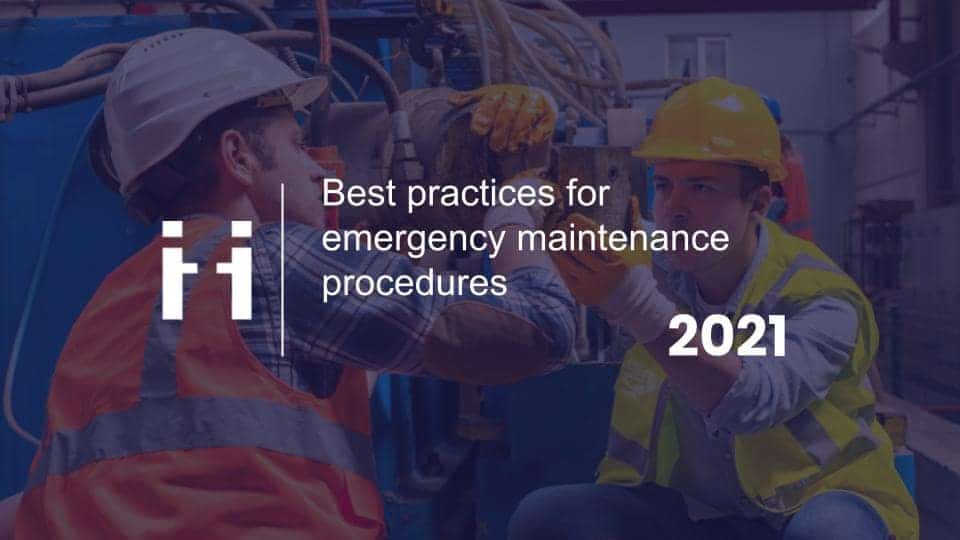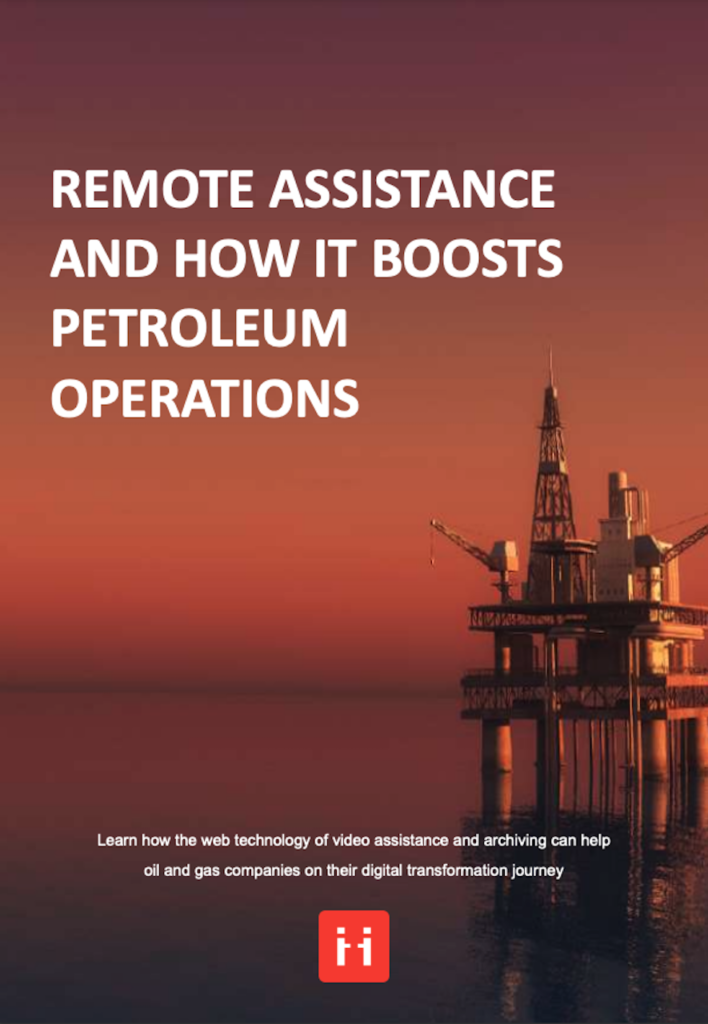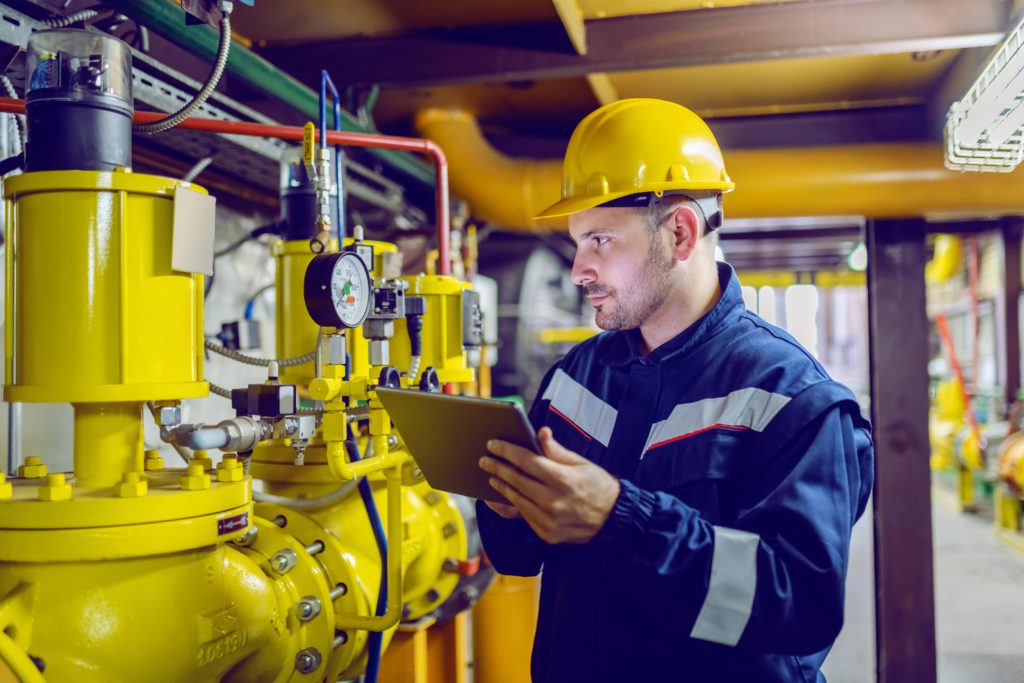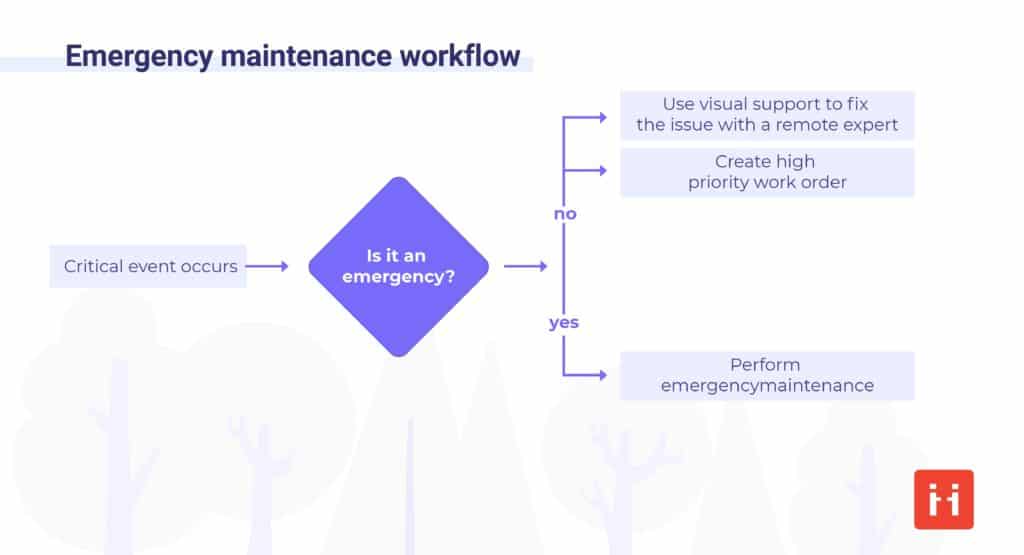
Share this article
Share this article
Emergency maintenance – that maintenance required when a critical piece of machinery or equipment breaks down unexpectedly, is the stuff of nightmares for maintenance engineers and technicians. Unexpected breakdowns cause serious job disruption, unnecessary downtime, loss of production, and reduced profits. Depending on the severity, serious breakdowns can also put the health and safety of operators, staff, and others at risk. The longer emergencies take to rectify, the greater the cost.
A maintenance emergency is that which requires immediate attention to critical equipment to resolve the situation. Where failure to address the problem can lead to greater damage to machinery, equipment, property, or personnel. Depending on the emergency, it can involve coordinating maintenance staff from various departments working together to solve the problem.

Emergency breakdown maintenance could involve the repairing of a gas or water leak in a domestic, commercial or industrial property, blocked drains, flood or storm damage, loss of a utility, a boiler breakdown, fire, loss of fire, or intruder alarms, or a lift breakdown.
In industry, emergency maintenance may be required for the breakdown of critical equipment used in a manufacturing process, such as conveyor belts snapping or gaskets failing. Failure of critical parts on a production line such as mechanical, electrical, or computer malfunctions. Or the breakdown of critical lifting equipment or vehicles used in warehouse or yard operations.
We are never going to totally eradicate emergency maintenance situations. The best that can be hoped for is to minimize the risk of them occurring. This is achieved by ensuring an effective, proactive maintenance plan is in place.
The use of all maintenance strategies, from condition-based maintenance, preventive maintenance, predictive maintenance, or prescriptive maintenance should be considered, depending on the equipment or machinery involved and how frequently it is used. In many situations, the use of two or more forms of maintenance may need to be implemented to reduce the risk of breakdowns. In other words, develop a pro-active approach to maintenance, rather than a reactive one.

Even with the most stringent maintenance strategies in place, unforeseen breakdowns will still occur. Written guidelines should be drawn up for how these emergencies should be tackled with regard to health, safety, and PPE requirements. And the different responsibilities of employees such as operators, managers, and service and maintenance engineers during such emergencies.
Before formatting emergency operational guidelines, a full risk assessment of all critical machinery and equipment should be undertaken, and notes made of the areas where unexpected failures are most likely to occur.
This will also show where maintenance crews need to be particularly vigilant during normal servicing processes. Looking for unusual machine issues like strange noises, vibrations, stretched belts, worn bearings, low or high operating pressures, or fluid leaks.
Should the worst happen, and an emergency breakdown occurs, a fast and efficient system of reporting, logging, and implementing the repair should be in place.

This may be manual with the operator flagging the problem, shutting down the machinery, and reporting the defect to the supervisor or maintenance manager. The manager will then log the issue, and create a new work order to track the repair from start to finish and pass the job to the maintenance or breakdown engineers for immediate attention.
If the system is automated, fail-safes should automatically isolate the machinery and supply a computer-generated work order down the line to the manager and maintenance crew with the same instructions.
As a facilities manager, or company maintenance manager, consider investing in computer maintenance management system software (CMMS). There is a whole raft of CMMS packages available to suit all types of business. With the ability to track all forms of preventive maintenance, equipment failures, generate parts purchase orders, new work orders, maintenance schedules, asset lists, and log work histories, a complete past and future calendar of your proactive maintenance strategy is just a click away.
With the ability to run your CMMS software from a workstation, tablet, or smartphone, the whole crew can be immediately informed of any breakdown, what it is, where it is, and who’s dealing with it. Companies can also integrate external solutions into a CMMS to amplify the system’s capabilities. For example, they could add a remote visual support tool to connect on-site technicians to remote experts.
All workers, from machine/equipment operators through to managers and maintenance engineers, need to be fully conversant with all workplace H&S practices, including machine or equipment failures.
Worksite health and safety recommendations should include how to shut down and isolate equipment, using the correct PPE where required, and restricting access to non-essential workers using signs, cones, or tape. Additionally, there are several relevant safety procedures required after maintenance, and before returning the machinery to an operating status that companies and employees should adhere to.
When faced with an emergency situation, technicians and maintenance workers can use visual support tools like ViiBE to resolve issues quickly and safely. In an emergency situation, they can make a report by recording an incident to capture the details of an event and then upload it to a work order. This way, the problem is captured in case it is not a consistent issue.

Additionally, when technicians need to resolve a critical issue, they don’t always know who would be best to contact if they need assistance. This can prolong the machine downtime and make the emergency situation more dangerous. Using ViiBE, they can simply select the expertise they require an expert for, and ViiBE will automatically route a call request to all experts with that skill set.
By reducing operational downtime, preventive maintenance will provide improved safety, longer equipment lifespan, increase productivity and reduce costs.
Free E-book available now!